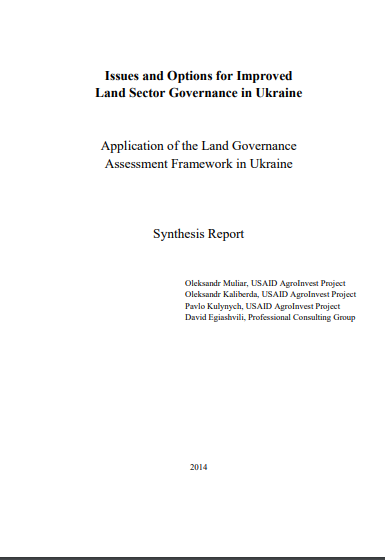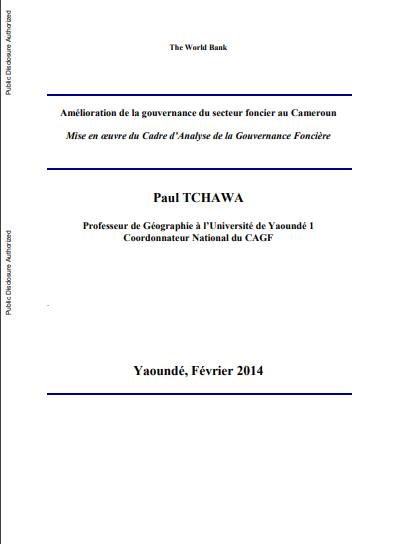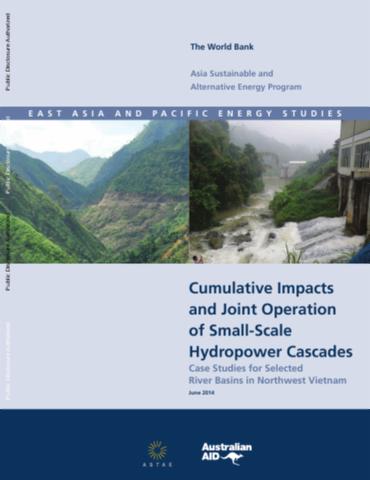The World Bank is a vital source of financial and technical assistance to developing countries around the world. We are not a bank in the ordinary sense but a unique partnership to reduce poverty and support development. The World Bank Group has two ambitious goals: End extreme poverty within a generation and boost shared prosperity.
- To end extreme poverty, the Bank's goal is to decrease the percentage of people living on less than $1.25 a day to no more than 3% by 2030.
- To promote shared prosperity, the goal is to promote income growth of the bottom 40% of the population in each country.
The World Bank Group comprises five institutions managed by their member countries.
The World Bank Group and Land: Working to protect the rights of existing land users and to help secure benefits for smallholder farmers
The World Bank (IBRD and IDA) interacts primarily with governments to increase agricultural productivity, strengthen land tenure policies and improve land governance. More than 90% of the World Bank’s agriculture portfolio focuses on the productivity and access to markets by small holder farmers. Ten percent of our projects focus on the governance of land tenure.
Similarly, investments by the International Finance Corporation (IFC), the World Bank Group’s private sector arm, including those in larger scale enterprises, overwhelmingly support smallholder farmers through improved access to finance, inputs and markets, and as direct suppliers. IFC invests in environmentally and socially sustainable private enterprises in all parts of the value chain (inputs such as irrigation and fertilizers, primary production, processing, transport and storage, traders, and risk management facilities including weather/crop insurance, warehouse financing, etc
For more information, visit the World Bank Group and land and food security (https://www.worldbank.org/en/topic/agriculture/brief/land-and-food-security1
Resources
Displaying 1986 - 1990 of 4907Empresas Mineras y Pueblos Indígenas en Chile
El propósito de esta publicación es identificar buenas prácticas en proyectos mineros que afectan a comunidades indígenas y compartir las lecciones aprendidas con empresas mineras, entidades públicas con injerencia en el sector, organizaciones indígenas y otras organizaciones de la sociedad civil, y el público en general.
Issues and Options for Improved Land Sector Governance in Ukraine
As the largest country wholly within Europe, possessing an abundance of fertile soil, land governance in Ukraine holds great importance to future economic development and prosperity. Already the government has privatized urban housing units and three-quarters of its agricultural land, with provisions for citizens to apply for private land rights to certain categories of remaining public lands. However, key challenges in land administration remain, notably in the establishment of conditions for the lifting of the moratorium on agricultural land transactions.
Amélioration de la gouvernance du secteur foncier au Cameroun : Mise en oeuvre du cadre d’analyse de la gouvernance foncière (French)
The Land Governance Assessment Framework (LGAF) is a diagnostic tool to assess the status of land governance at country level using a participatory process that draws systematically on existing evidence and local expertise rather than on outsiders.
Cumulative Impacts and Joint Operation of Small-Scale Hydropower Cascades
Increasing energy demands and concerns about global warming call for an increase in energy generation from renewable sources. Small hydropower plants represent a significant contribution to meet this demand. But the optimal use of this resource in a sustainable manner still remains a challenge. A cascade of small dams may have detrimental impacts on the environment and water use without implementation of proper mitigation measures and planning.
Republic of Armenia : Accumulation, Competition, and Connectivity
By 2013, the Armenian economy has left
behind most of the hangover from the global financial crisis
and a look at medium- to long-term growth drivers is
therefore in order. The central tenet of this report is that
the government's job creation agenda requires a
different growth model than the one followed before the
global crisis. Reaching the goals of the government's
strategy will require a combination of four factors: first,










